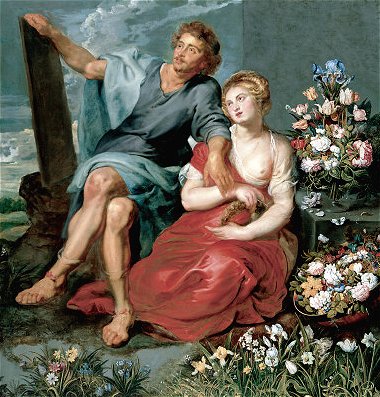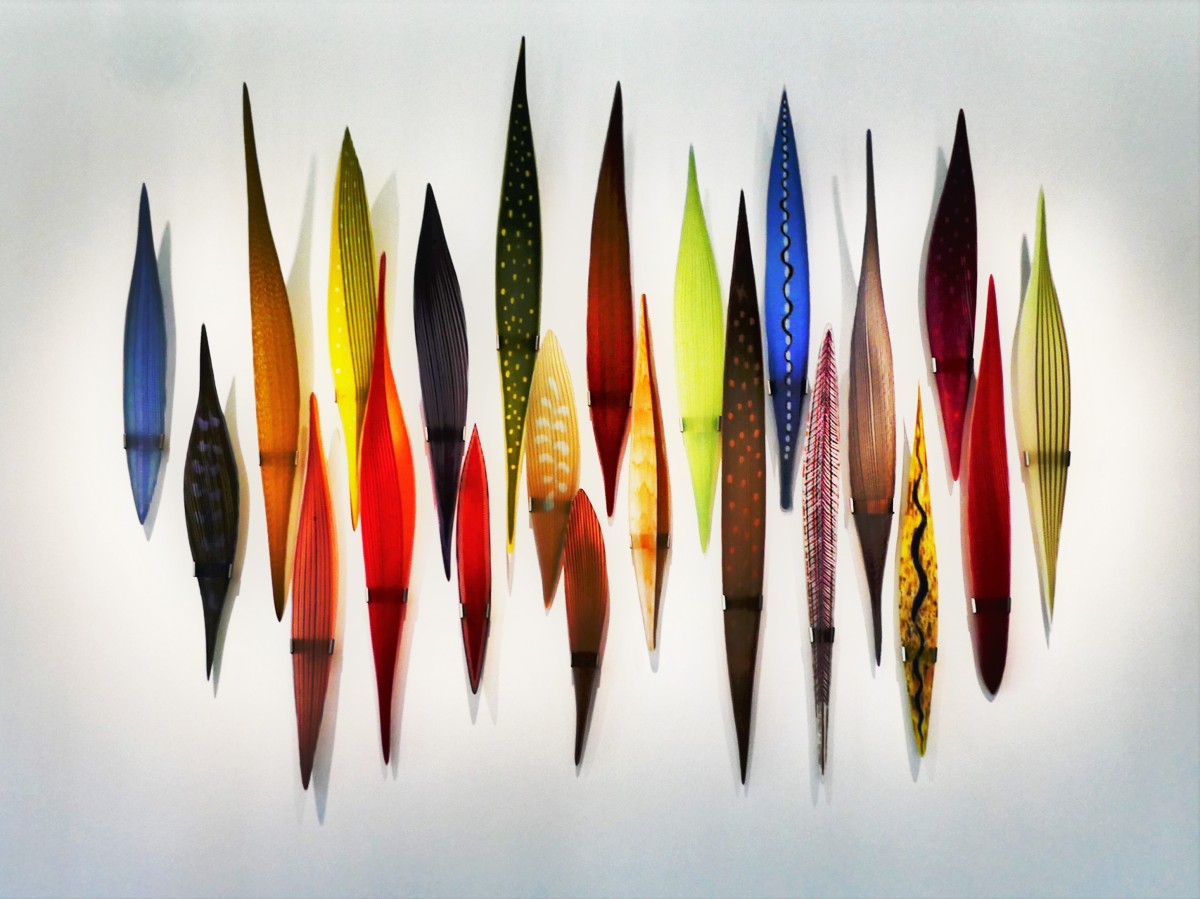John Ringling was one of the early 20th century’s most prolific collectors of art, and his Museum of Art, opened in 1931 has become his true legacy. Soon after marrying Mable in 1905, the Ringlings became avid collectors, acquiring paintings, furniture and tapestries from the estates of other established patrons of art. In 1924, the Ringlings met Julius Böhler, a prominent Munich art dealer, and developed a long-standing relationship that would ignite the Ringlings’ growing interest in collecting art.
The Ringlings had been traveling through Europe for years and had fallen in love with Baroque art. In 1925 John hired architect John H. Phillips to design and build a museum on his Sarasota property to house his ever-growing collection.
What Phillips designed was a U-shaped pink palace with 21 galleries to house Ringling’s treasure trove of paintings and art objects, highlighted by a collection of masters that would eventually include Velazquez, El Greco, Van Dyke, Veronese, Tiepolo, Gainsborough and Rubens.
Paired perfectly with the Renaissance-style of the Museum, the Museum of Art’s Courtyard embodied the ideals of the Renaissance garden.

Its long loggias…



…flank a central courtyard that features an impressive group of early twentieth-century bronze and stone casts of famous Classical, Renaissance, and Baroque sculptures, among them, at its heart, Michelangelo’s David from Palazzo Vecchio in Florence.

Ringling hoped that by building the Museum he would make Sarasota a cultural and educational center. To achieve his vision he began buying comprehensive collections with prestigious provenances, beginning with the purchase of three rooms complete with furnishing, paintings and architectural finishes from the Astor Mansion and a villa in the Tuscan countryside.
He also purchased four tapestry paintings, oil on canvas, by the Flemish master Peter Paul Rubens from the Duke of Westminster. Today these magnificent paintings welcome you as you enter the Museum’s gallery, and are the foundation of the Museum’s extraordinary Baroque collection.



Between 1925 and 1931, Ringling acquired more than 600 Old Master paintings from the Late Medieval thorough the 19th century. His purchase of Rubens’ Pausias and Glycera was considered so significant that Art Digest reported on it.

In 1928, Ringling made another significant acquisition that was to form the core of his classical antiquities collection: 2800 objects of Greek, Roman, and Cypriot antiquities from the Metropolitan Museum of Art in New York. Excitement about his collection was growing in art circles; the New York Times did a full-page article about the purchase, praising not only the collection, but the Museum and its surroundings as well.


The Depression and local real estate market collapse contributed greatly toward Ringling’s financial demise. It’s been reported that Ringling died in 1936 with only $311 in the bank. Although Ringling bequeathed his museum to the people of Florida–hoping to establish Sarasota as a cultural beacon–his creditors and legal wrangling would delay the settling of his estate for a decade.
Funds were poorly managed and the endowment Ringling left languished and barely grew. The Museum was only occasionally opened between 1936 and 1946 and not properly maintained. Gradually, the care that the buildings required were either put off or handled piecemeal.
But while the Museum struggled with a lack of finances, a series of Directors continued to foster its artistic growth, most notably A. Everett (Chick) Austin, Jr. the charismatic former Director of The Wadsworth Atheneum in Hartford, Connecticut who became the Museum’s first Director and Curator in 1946 and served until his death in 1957.
Today, thanks to continuing community support, the Museum has increased its gallery exhibition space. And under visionary leadership, the Museum has increased its artistic relevance, and national prominence by showcasing emerging talents in the international arts community.



Under Florida State University’s stewardship, the Museum of Art has exciting plans for new acquisitions and exciting exhibitions and programs, finally fulfilling John Ringling’s dream of delivering a great cultural center to Sarasota citizens.
Note:
Quotes are courtesy of Ringling Museum of Art


Great photos! Interesting post!
LikeLike
Thank you. Love that place.
LikeLike
I dont think i have ever commented on any of your posts, but I really enjoy reading about your rv travels! I am about 10 months away from purchasing my first travel trailer and blogs like yours are what keep me inspired to get to it!
LikeLiked by 1 person
So glad to have you along for the ride. And an early welcome to the world of trailering. You won’t regret it. Best thing we ever did.
LikeLiked by 1 person
This place is definitely on my list of must sees! Great pictures! 🙂
LikeLiked by 1 person
Thank you. You will need a whole day to see everything–Circus Museum, Ca d’Zan, Ringling Museum, Learning Center, and grounds. Wow!!
LikeLiked by 1 person
Good to note! I infamously underestimate how long I’ll spend in a place haha 🙂
LikeLiked by 1 person
I love the photos and your blog. I am planning to visit Sarasota in 2 weeks and want to see this museum and the movie too.
LikeLiked by 1 person
Thanks for your support. You won’t be disappointed.
LikeLike